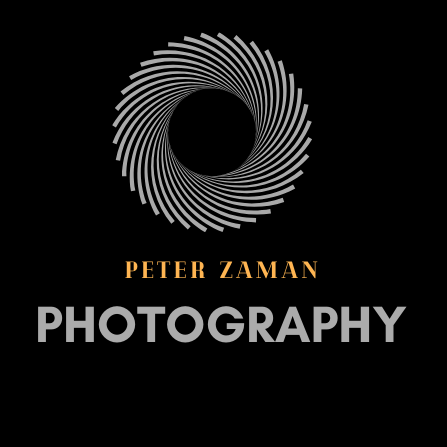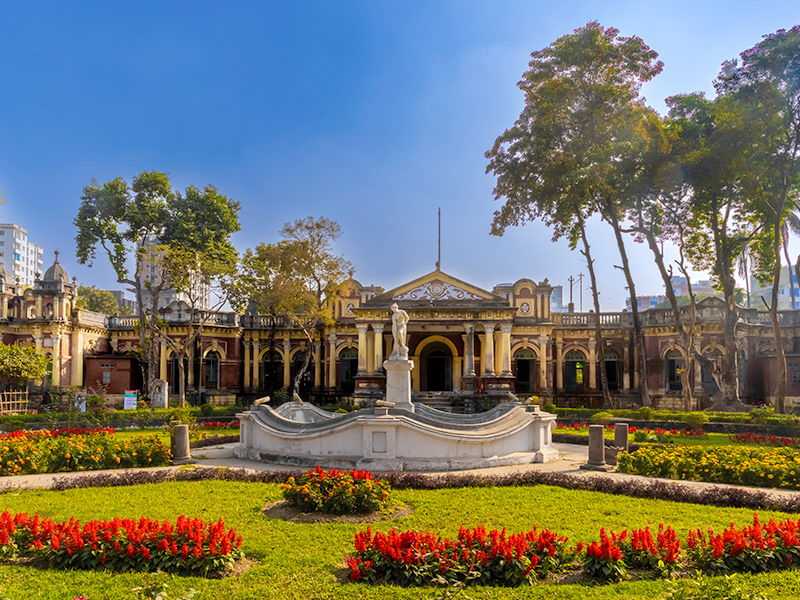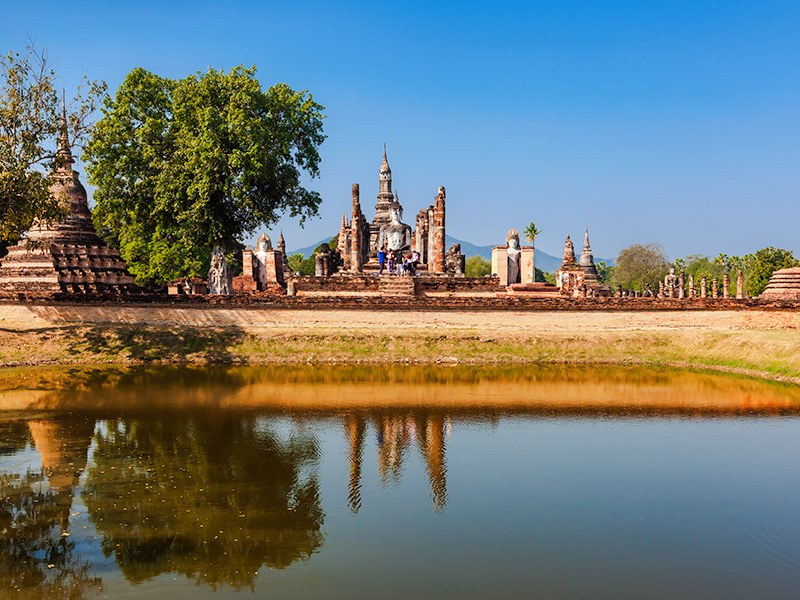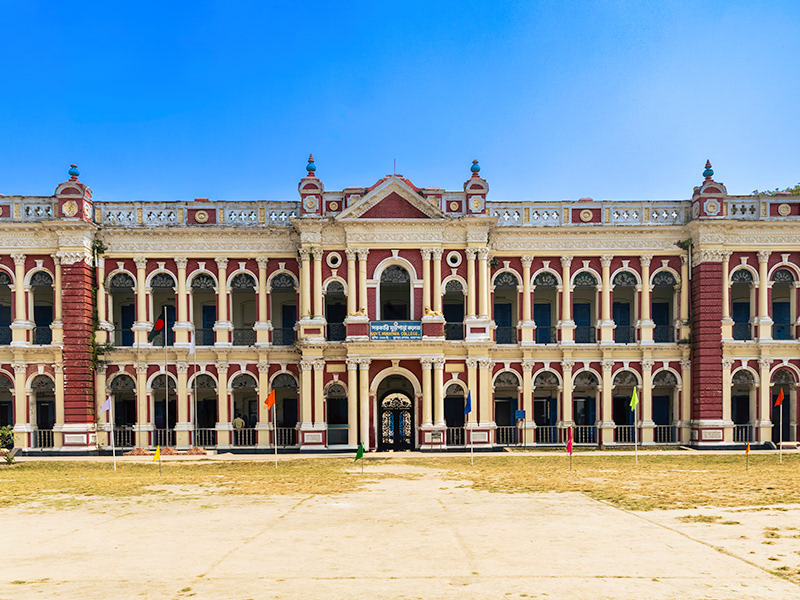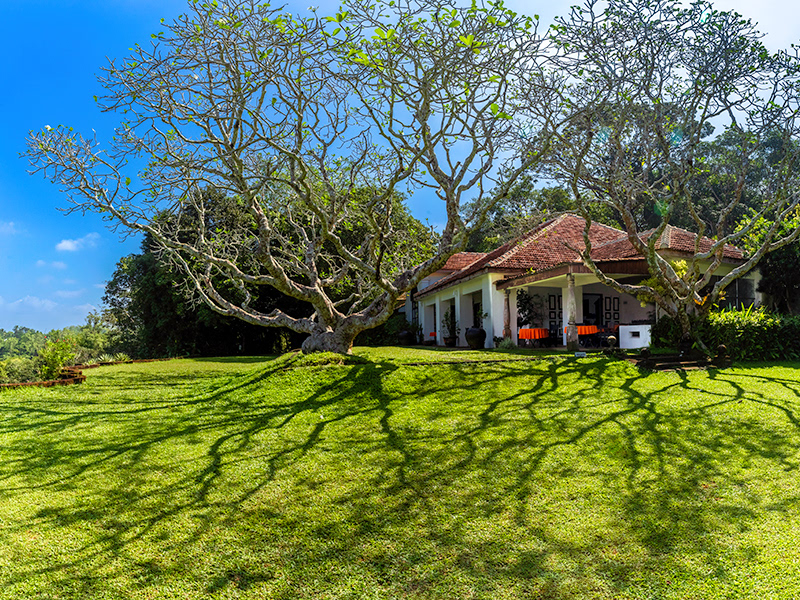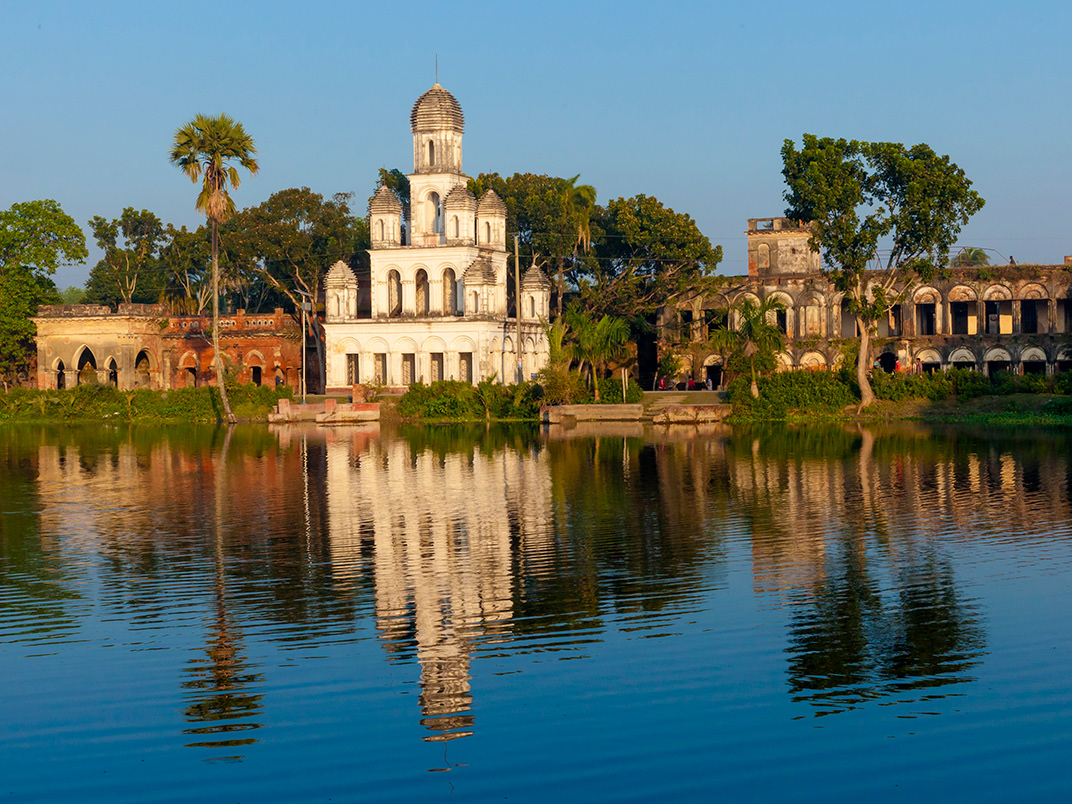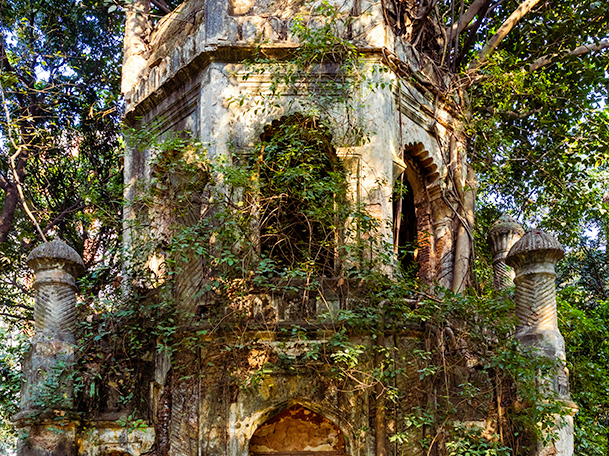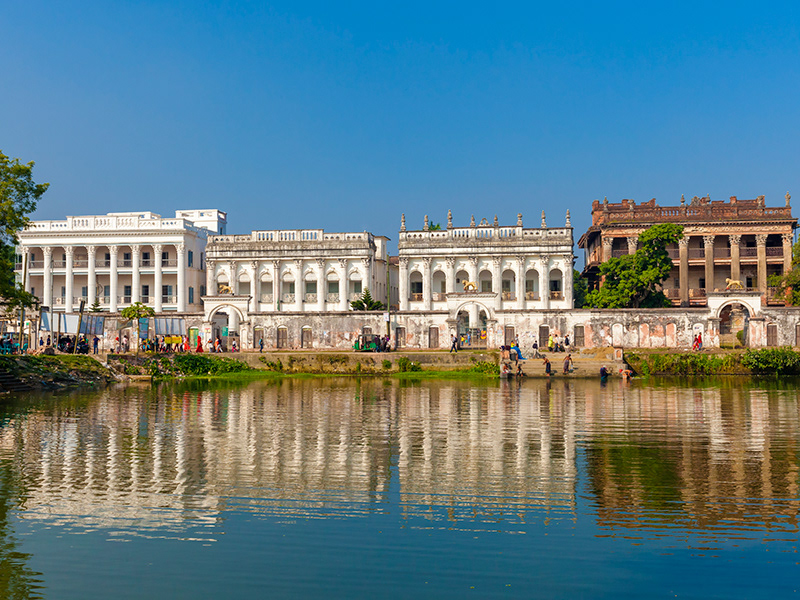Panam Town was the capital of Bengal during the rule of Isha Khan in the 15th Century. He was responsible for keeping Mughal rule out of Bengal, until his death in 1599. Established during the last quarter of the 13th century, local governors of Bengal were based out of the ancient capital until the establishment of the new capital at Jahangir Nagar (present day Dhaka) in 1610. The town flourished due to its location near the east of the river Meghna and the west of the Shitalakhya River via which clothes from different countries were imported and locally produced Muslin was exported.
It is said that, for travelers making their way along the 2,500-kilometer Grand Trunk Road from Peshawar in the Hindu Kush, Sonargaon marked the end of the line.
Above, the Sadar Bari
After it ceased to be the capital of Bengal, the town found its identity supporting the commercial activities of the English East India Company and of the Permanent Settlement. The East India Company established an indigo factory near Panam and used it as a base for purchase of muslin and other cotton fabrics. In more recent times, a group of Hindu tax collectors with administrative powers over nearby areas (‘talukdars’), chose this site for their residences. The houses they built were reflective of their affluence in the European styles mixed with traditional Bengali influence.
As a town it continued to prosper till the end of the Second World War. The town consists of 52 houses split on either sides of the road between 31 and 21 all of which have been abandoned for a number of years. Many were abandoned during the partition of India and the remainder were abandoned in 1965 after their properties were declared ‘Enemy Property’ by an order passed by the then Pakistan Government. After that, squatters occupied many of the properties until, eventually the Government of Bangladesh forced them out in 2006 in response to demands to help retain the historic and architectural heritage represented by the town.
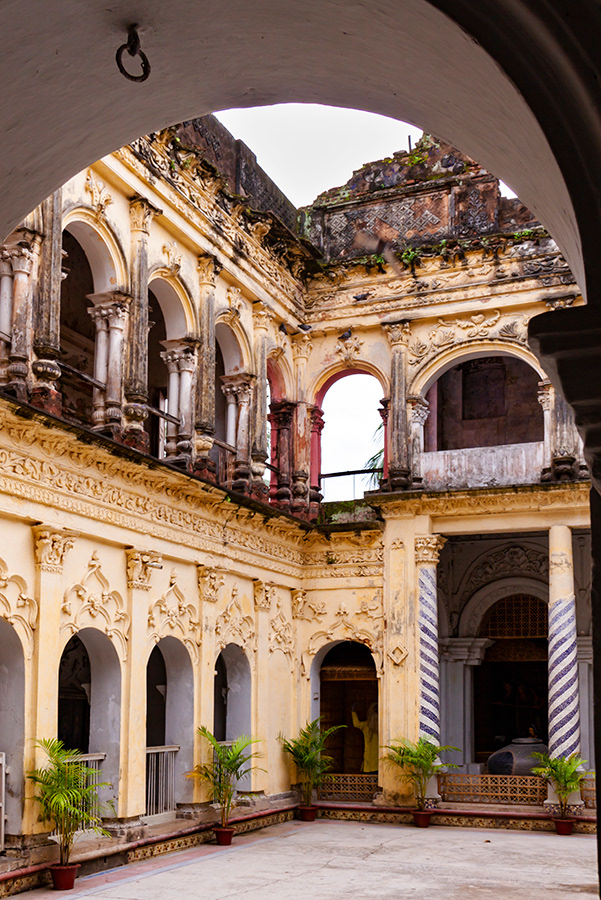
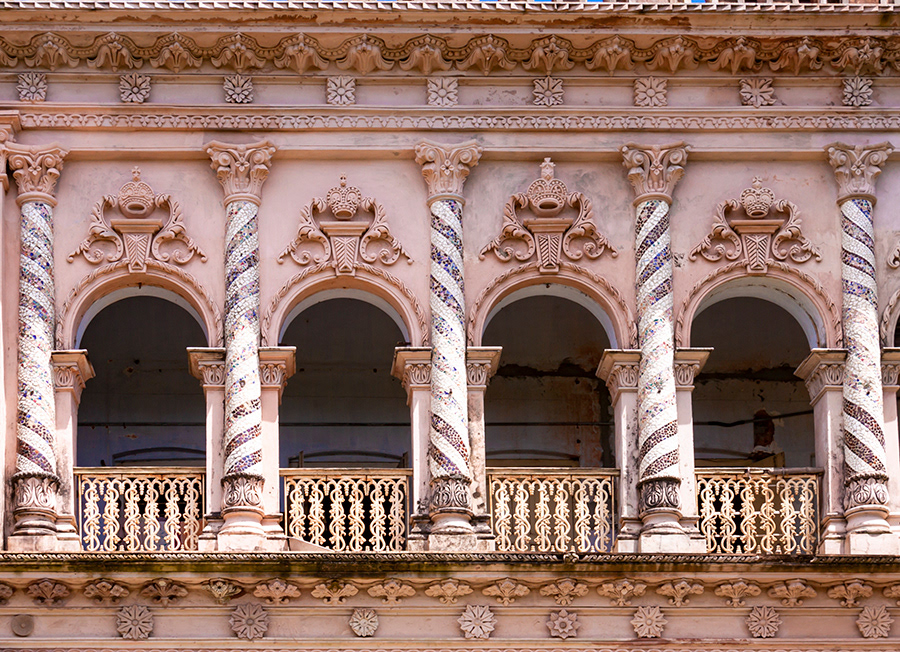
Kashinath House


The architecture preserved in Panam town include a number of houses that are worth visiting. One of the country’s most famous artists, Zainul Abedin established a museum here in 1975. This and another building hosting the Folk-Arts & Craft Museum are well preserved. Panam town is today one of the most visited tourist locations in Bangladesh.
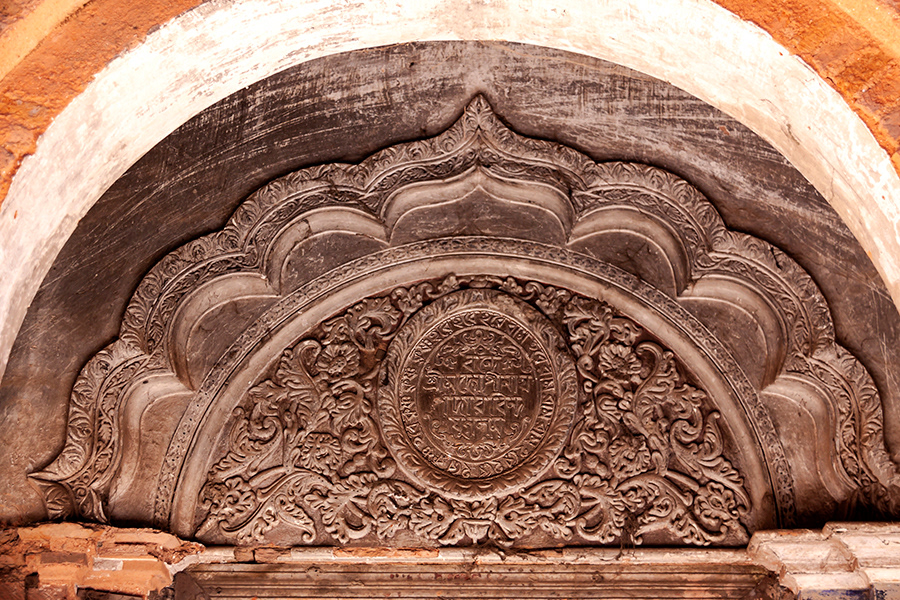
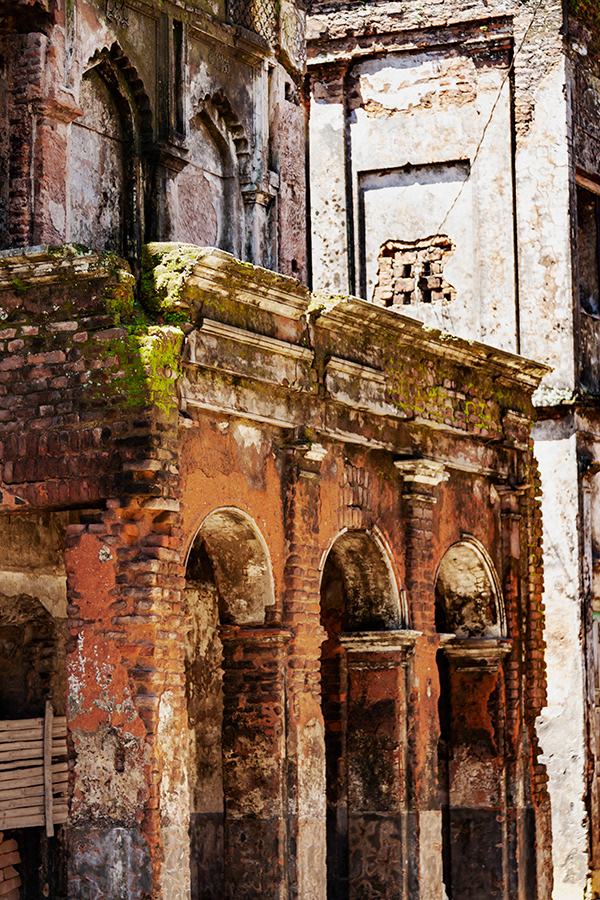
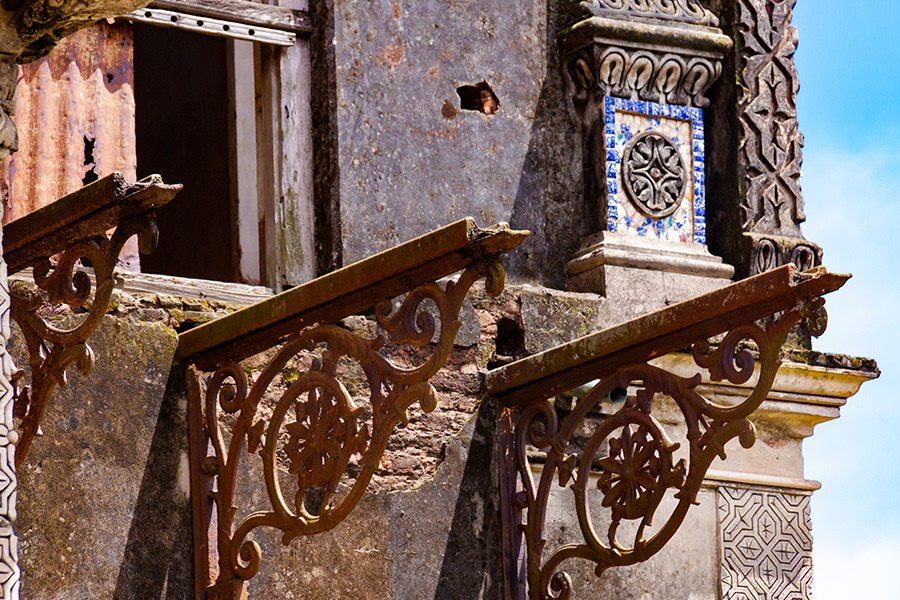
Above, close up detail of some of the buldings
Besides the houses of the former hindu merchants, in the vicinity, there are several monuments from the times when the Mughal ruled India (but not yet Bengal) —among them the Sonakanda River Fort, the Panch Pir Mazar Shrine, and Ibrahim's and Abdul Hamid's Mosque.
Dalalpur Bridge, probably built during the Mughal period, crosses the Pankhiraj canal on the northern side of Panam town and connects Adampur and Dalalpur.
Another monument is the Goaldi Hossain Shahi Mosque built during the reign of Sultan Alauddin Hussain Shah.
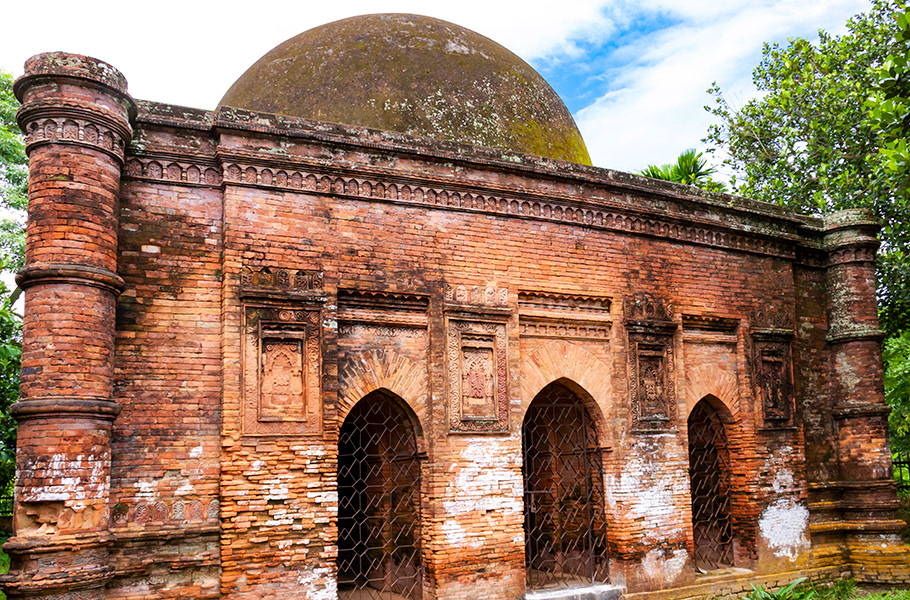

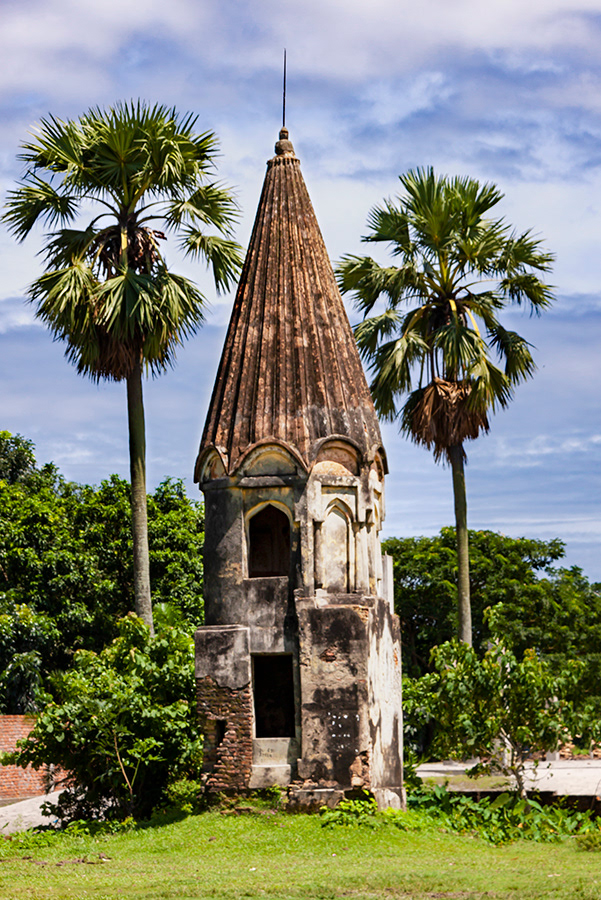
Location:
Panam City is located in Sonargaon sub-district of Narayanganj district, located near Dhaka. It covers about 20 km of area. It is about 2.5 kilometre to the north of Dhaka-Chittagong highway at Mograpara point.
